Activism
Anti-Racist Structuralists and Non-Racist Culturalists
Kendi's view of racism does not begin with people, but with inequity. Which means anti-racism should more truthfully be called anti-racial inequity.

As the long hot summer of 2020 draws to a close, many Americans may feel as though they are living through an unraveling: an uncontrolled pandemic, collapsing faith in public institutions, apocalyptic rhetoric, violence and looting, and—if the rhetoricians of Black Lives Matter are to be believed—a race war. The racial dimension of this crisis is particularly disturbing because Americans cannot agree on what racism is, still less how to oppose it. A new wave of activists insist that we must reject the approach adopted by the 1960s civil rights movement, best understood as non-racism. Non-racism encouraged integrated neighborhoods, inter-racial marriages, and equal opportunity in education and the workplace. It is what finally made Barack Obama’s presidency possible, 45 years after the March on Washington.
Notwithstanding these advances, 38-year-old author and activist Ibram X. Kendi disdains non-racism because it is “neutral” and even illusory in the “racism struggle.” If you wish to oppose racism, he tells readers of his 2019 book How to Be an Antiracist, non-racism is insufficient: “The opposite of ‘racist’ isn’t ‘not racist.’ It is ‘anti-racist.’” Anti-racist activists like Kendi have nevertheless appropriated the mantle of Dr. Martin Luther King and fortified their arguments with his moral authority. And they have benefitted from the facile assumption that any movement which opposes racism and is led by African Americans must be a lineal descendant and natural heir to his legacy. But anti-racism is by no means a clear or coherent set of ideas, and anti-racist activists and thinkers often find themselves in sharp disagreement with one another, even if these disagreements are seldom acknowledged.
* * *
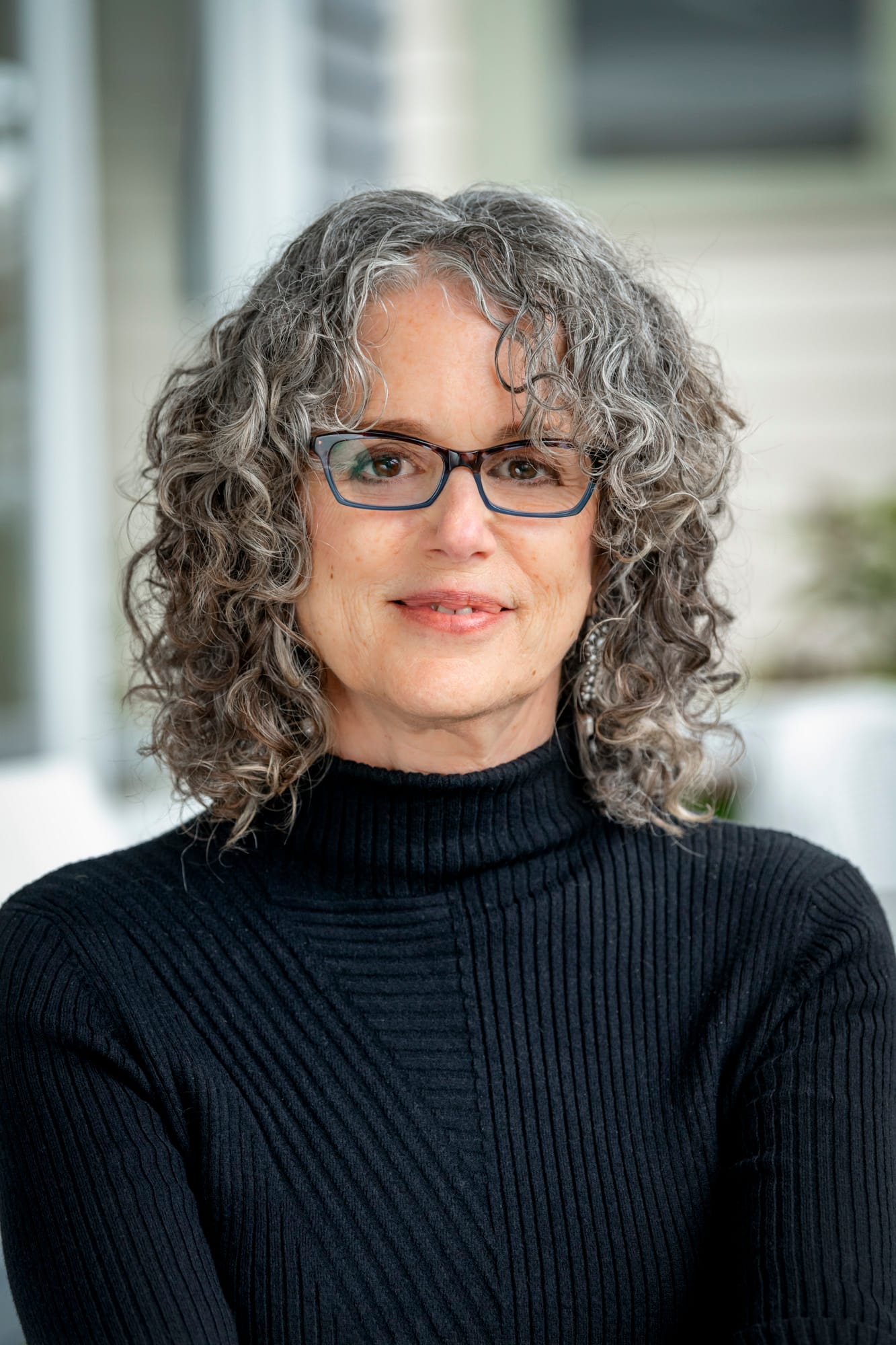
Robin DiAngelo is the author of White Fragility and an anti-racist activist who believes that the non-racist idea of treating everyone the same is an impossible fantasy. Corporations pay her large sums to break this unwelcome news to their employees. All people, DiAngelo maintains, are naturally prejudiced towards other races, but because only whites exercise power, only whites may be racist. Indeed, racism is an attitude inherent to whiteness, and oppressive to all people of color, who are unable to liberate themselves from a self-perpetuating system of injustice. DiAngelo offers no solutions, other than recommending that whites strive to be less offensive, more inclusive, and more receptive to admonitions from people of color as they do the unpleasant work of instructing them in how to be less “white.” This all requires DiAngelo to assume that all people of color think alike—if they didn’t, it would only confuse whites in their search for moral leadership and redemption.
On the dust jacket of How to Be an Antiracist, DiAngelo hails its author as a “visionary in the enduring struggle for racial justice.” Maybe by doing so she hoped that nobody would notice that he rejects some of her most cherished assertions. For instance, Kendi argues that thousands of black politicians, hundreds of black judges, tens of thousands of black police officers, tens of thousands of black professors, and nearly 400,000 black millionaire families disprove the claim that blacks cannot be racist because they lack institutional power. “Whenever someone says there is something wrong with White people as a group,” he writes “someone is articulating a racist idea. The only thing wrong with White people is when they embrace racist ideas and policies and then deny their ideas and policies are racist.” So, according to Kendi’s variant of anti-racism, whites are not inherently racist and “racist” is a descriptor of behavior and attitudes that may change as people become more enlightened.
Kendi also has some choice words for Ta-Nehisi Coates, former columnist at the Atlantic and author of a much-discussed 2014 essay entitled “The Case for Reparations.” In his 2008 memoir The Beautiful Struggle, Coates argued that blacks were in some ways responsible for their own predicament. In Baltimore at the height of the crack epidemic, his father repeatedly told him “the story of black folks’ slide to ruin.” “The Conscious among us knew the whole race was going down, that we’d freed ourselves from slavery and Jim Crow but not the great shackling of minds.” Blacks had “stumbled into a void,” Coates wrote. “And now we were here in the pit, clawing out one another’s eyes. We were all—even me—angry. We could not comprehend how it came to this.”
Coates criticized absent fathers who refused to take responsibility for their own children. “We lived in an era of chronic welchers,” he wrote, “where the disgrace was so broad that niggers actually bragged of running out on their kids.” The result was thousands of boys who gravitated towards the excitement of the streets. Out of boredom, to prove their manhood or to impress girls, they engaged in theft, harassment, and violence. A pervasive materialism was also to blame for Baltimore’s chronic insecurity. Blacks were dying “for sneakers stitched by serfs,” and with “price tags that looked like mortgage bills.” He described the local mall as “the pit of sex, beat downs, and cool. Every window glittered with leather, fur, sterling, and stickers with large red numbers and slash marks. But the price tags and fat-ass honeys made boys turn killer. One misstep onto suede Pumas, and the jihad begins.”
The onset of a drug epidemic only worsened the crisis. And a form of street “Knowledge” prevailed which held that people were animals who must act tough in order to avoid violence and humiliation. For Coates, this Knowledge was a “disease.” It prevented the boys of his neighborhood from “growing into something better… Some took to it faster than others. But eventually we all got it… At some point we grew tired of crumbling under their boots and embraced the Knowledge, became like all the rest groping for manhood in the dark.”
Coates’s sharp cultural critique can also be found in his early Atlantic essays, later collected together in We Were Eight Years in Power. In 2009, he wrote of a “rage that lives in all African Americans, a collective feeling of disgrace” over violent crime and absent fathers. He observed that, “Liberalism, with its pat logic and focus on structural inequities, offers no balm for this sort of raw pain.” As evidence of such anguish he cited a Chris Rock routine, in which the comedian expressed exasperation over the behavior of “niggas,” and concluded that in the “civil war” between niggas and black people, “niggas have got to go.” Coates recalled his own participation in the landmark 1994 Million Man March on Washington, D.C., which he felt was a necessary public statement that “the time had come to grow up.” One way to do so was to follow the example of Malcolm X, whom he praised for setting an example of responsible masculinity. For Coates, manhood was “more than virility and strut.” It calls for “discipline and dutiful stewardship.”
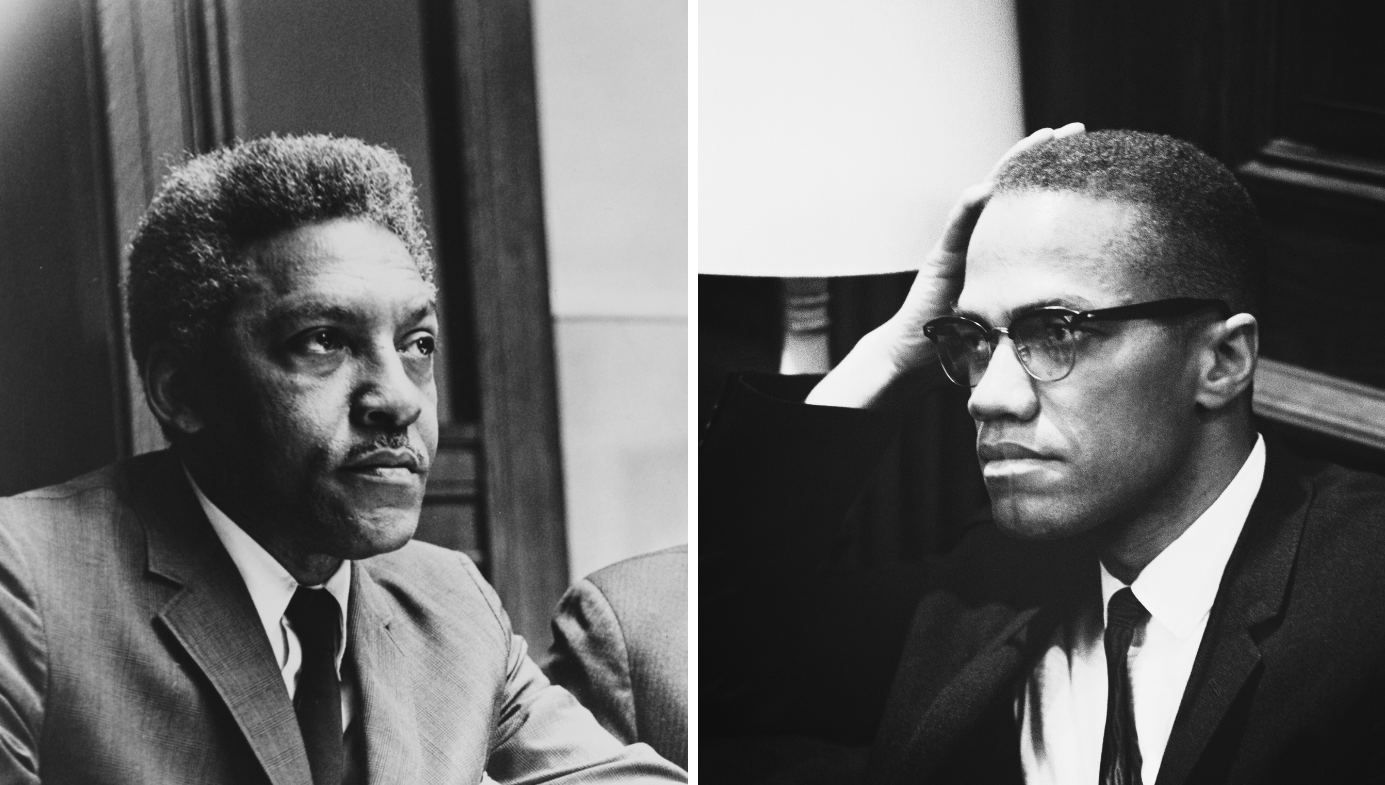
Kendi, however, is unimpressed by this kind of thinking because he considers it racist to criticize cultural practices within the black community. “The mantra that education and hard work” can uplift people, he declares, is harmful to African Americans. He rejects his parents’ conviction that blacks “should focus on pulling themselves up by their baggy jeans and tight halter tops, getting off crack, street corners, and government ‘handouts’” and he regrets their efforts to “save and civilize Black people rather than liberate them.” So he brushes aside most of Coates’s laments, claiming they are wildly exaggerated, or based on the false notion that people and not racist policies are to blame.
* * *
This difference is central to what distinguishes anti-racism from non-racism—in sociological terms, it is a distinction between structuralists and culturalists. Structuralists argue that racism and white supremacy are to blame for inner city conditions, whereas culturalists argue that blacks’ own culture can and sometimes does play an important role in shaping social outcomes. The difference is not, as Kelefa Sanneh claimed in a 2015 essay for the New Yorker, merely a matter of emphasis. Structuralists believe that anyone who thinks culture matters is either a racist or “blaming the victim,” and therefore worthy of contempt. As Harvard professor Orlando Patterson had observed the previous year in the Chronicle of Higher Education, such views have been responsible for a decades-long suppression of scholarly work on black cultural practices. They have also made his field of sociology irrelevant to many of the most important questions African Americans face.
Culturalists, on the other hand, are convinced that social practices are, by definition, cultural rather than racial. They are not immutable, and can therefore be adopted or discarded, changed or exchanged. Furthermore, culturalists believe that structural factors like segregation are also important in shaping the black experience. According to the Harvard professor Robert Sampson, both structural and cultural factors are important—they are entangled, and any attempt to separate them is therefore misleading. So culturalists embrace an “all of the above” approach that structuralists reject as a matter of principle. The difference between the two is not a matter of emphasis but of kind—it is the difference between pragmatism and dogmatism.
This distinction was displayed at a September 2019 anti-racism workshop convened in Hartford, Connecticut for teachers and administrators from four school districts across the state. In a lengthy feature for the New York Times Magazine in July, Daniel Bergner reports that Courageous Conversation, the firm hired to lead the workshop, asked participants to discuss racial gaps in educational achievement with others seated next to them. At Bergner’s table, Malik Pemberton, “a Black racial-equity coach at a middle school, who had been a teenage father… said in the softest of voices” that accountability “’starts inside the household in terms of how the child is going to interpret and value education.’” Pemberton wanted the others to know “what can happen in schools ‘without consequences, where they can’t suspend.’ He wasn’t suggesting this line of thought as the only explanation but as something to grapple with. One of Courageous Conversation’s ‘affiliate trainers,’ stationed at the table, immediately rerouted the conversation.” Minutes later, the person leading the workshop declared: “The cause of racial disparities is racism. If I show you data that’s about race, we need to be talking about racism.”
In a 2015 anthology entitled The Cultural Matrix: Understanding Black Youth, Orlando Patterson hoped to demonstrate that sociologists can approach the urban black experience with compassion and theoretical clarity. The collected essays feature mostly Harvard scholars making arguments that generally fall into the culturalist category. Joseph C. Krupnick and Christopher Winship examine a pervasive “code of the street” in which “hustlas” adopt hyper-masculine postures in order to “successfully protect themselves physically while still convincing their peers they are badass street elites and not to be ‘fucked with.’” Patterson argues that the “code of the street” requires individuals to gain and maintain respect, reject mainstream educational values, embrace individualism, and identify “with a threatening vision of blackness acknowledged as ‘thug life,’ or that of the ‘real nigga.’” Tragically, this version of masculinity involves an endless pursuit of “a kind of cultural capital that guarantees the impossibility of gaining any other kind.” Jody Miller contends that this can also have a highly negative impact on black women, who are often commodified, denigrated as “bitches” and “hos,” and exposed to widespread sexual violence.
Patterson wants to convince us that culture matters, and that it is morally permissible to be so convinced. He provides a slew of surveys of African American opinion challenging common assumptions. For example, when asked in 2006 to evaluate the problems facing black men, “92 percent of black youth, aged eighteen to twenty-four, say that ‘young black men not taking their education seriously enough’ is a ‘big problem,’ while 88 percent say likewise for ‘not being responsible fathers.’” Kendi, meanwhile, cites a 2013 survey in which only 37 percent of blacks felt inequality in American society was mostly due to racism. Sixty percent “found explanations other than racism to explain persisting racial inequalities.” Certainly attitudes ebb and flow, and surveys can offer inconsistent results. But there is no reason to believe that anti-racist structuralists and non-racist culturalists will stop debating where black agency ends and white racism begins. Patterson, for example, calls for blacks to launch a “social movement akin to the civil rights revolution, though one now directed at internal social and cultural transformation, facilitated, to be sure, by strong and sympathetic government and private sector support.”
* * *
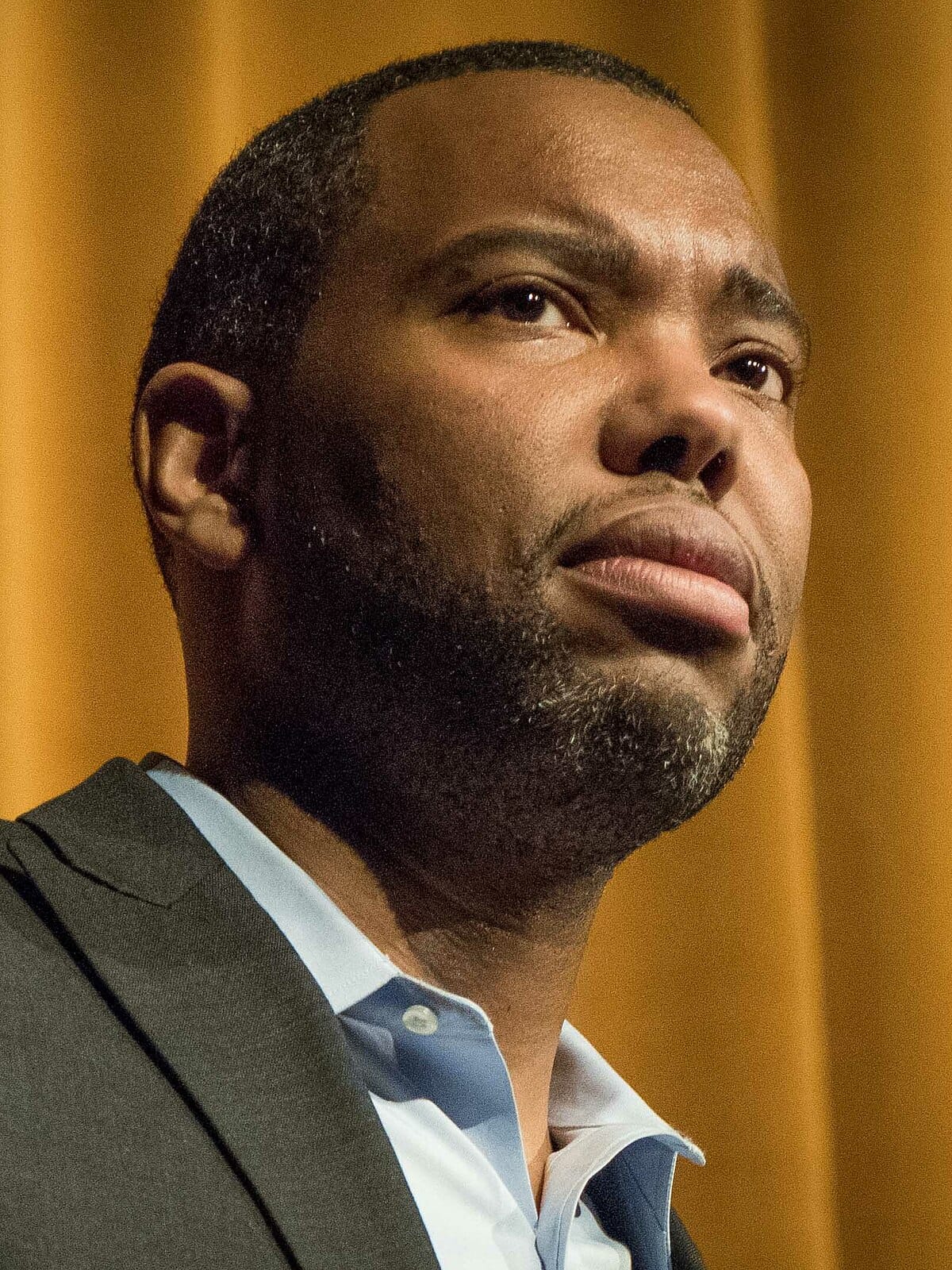
Once a non-racist, by the time he published his second memoir Between the World and Me in 2015, Ta-Nehisi Coates had undergone a remarkable transformation. Baltimore’s manifold problems, he now claimed, were all the fault of white supremacy. He blamed all the “guns, fists, knives, crack, rape, and disease” of the inner city on a set of racist policies fully intentional in their viciousness. Abandoning his belief in agency, Coates now felt blacks were “powerless” before “the great crime of history.” He even argued the point in the White House with America’s first black president. He faulted Barack Obama for repeatedly lecturing African Americans for watching too much television, eating too much junk food, and blaming whites for their problems. He griped about Obama asking the all-male Morehouse College graduating class of 2013 to be responsible husbands and fathers and to recognize that their generation faced less discrimination than others had in the past. He even objected to the president telling the students to “recognize the burdens you carry with you, but to resist the temptation to use them as excuses. To transform the way we think about manhood, and set higher standards for ourselves and for others.”
Obama’s commentary on responsible black manhood is mild compared to that offered by Coates only a few years before, back when he was talking about the “garbage heap of lost men” on the corners of his old neighborhood in The Beautiful Struggle. Indeed, if one reads Coates’s memoirs in chronological order, the reversals become particularly apparent. In Between the World and Me, he argues that there is no such thing as “black-on-black crime,” and that the term is merely “jargon, violence to language.” Coates fails to acknowledge that one of the people “yelling” about black-on-black crime—African Americans fed up with street corner crews assaulting people merely out of boredom, or to buttress their “bad ass” image—used to be him.
Coates has since developed a tendency to take the structuralist argument to an absurd extreme. In his first memoir, he wrote with palpable anger and passion about the sort of self-destructive street “Knowledge” that rendered Baltimore unsafe for kids like him. In his second, he introduces an entirely new hypothesis: that those who menaced him were acting in fear of dead white Mississippians. Wearing “large rings and medallions… big puffy coats and full-length fur collared leathers,” was a way for the boys in his neighborhood to protect themselves “against the ghosts of the bad old days when the Mississippi mob gathered round their grandfathers so that the branches of the black body might be torched, then cut away.” We are now expected to believe that in 1980s Baltimore, even clothing fashions were determined by violence meted out to blacks in another time and place. Oddly, for a journalist, Coates does not explain how he came by this insight or recount the “a-ha” moment that led him to revise his thinking.
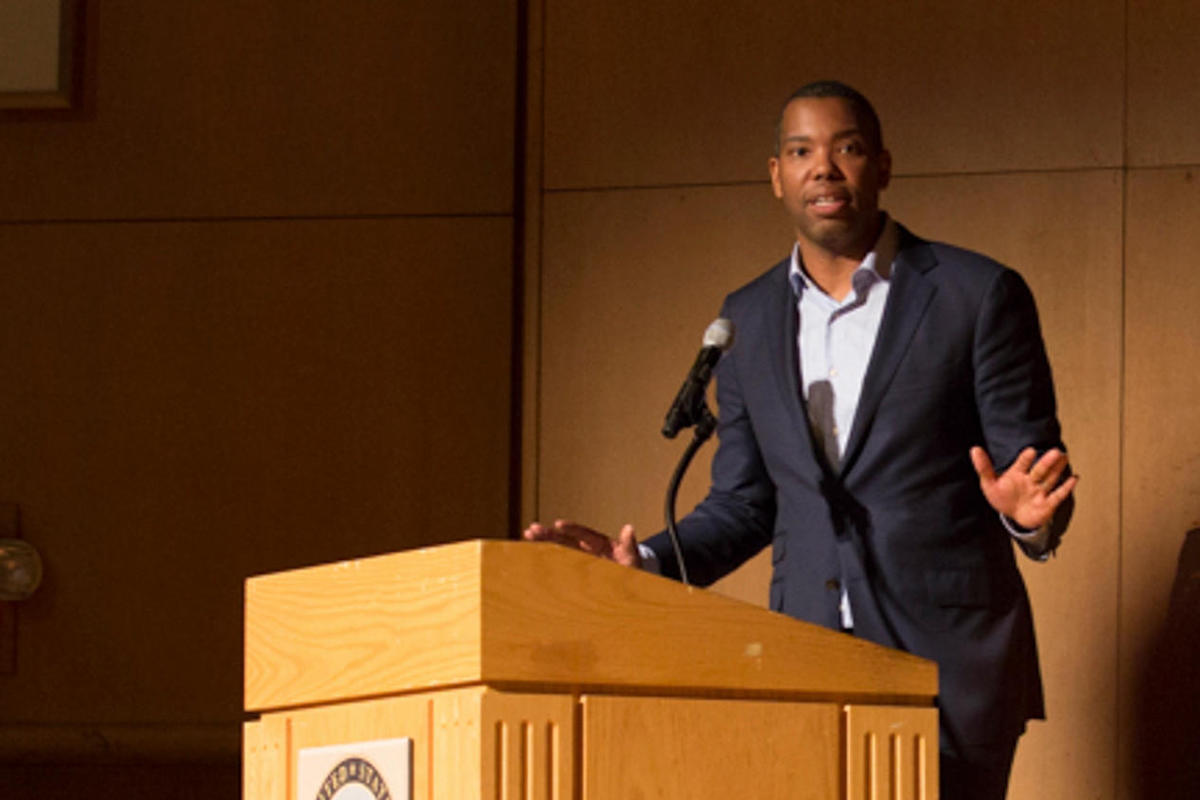
In his embrace of anti-racism, Coates has shed much of the experiential knowledge that makes his first memoir so powerful, in favor of a more abstract awareness that allows him to see phantoms of America’s racist past floating insidiously above the fray. And he substitutes one metaphor for another. In The Beautiful Struggle, black youth see urban survival as a game in which “players” are caught in a continual cycle of intimidation and retaliation, and in which the only choice is between playing and “getting played.” In Between the World and Me, the players are helpless pawns in a less visible but much larger and more lethal game of violence and plunder that has been going on for centuries, and in which the agents of destruction are all outside the black community.
Kendi is no doubt pleased to see Coates’s turn toward anti-racism. But presumably he still considers him a racist because Coates endows whiteness with all-encompassing powers. Cornel West—no stranger to denouncing the evils of white supremacy—has criticized Coates for fetishizing whiteness, and turning it into something “almighty, magical, and unremovable.” West argues that if whiteness is really so omnipotent, then why would anyone want to carry on the struggle? Kendi goes further in How to Be an Antiracistwhen he declares it racist to “make Black people believe White people have all the power, elevating them to gods,” and foolish to spend all one’s time lashing out angrily “at the abstract bogeyman of ‘the system.’” Clearly, Coates still has a long way to go before he earns Kendi’s stamp of approval.
Where does it all end? Does Coates really believe that whiteness somehow causes black fathers to neglect their children? And if whiteness is responsible for black vices, isn’t it also responsible for black virtues? Wouldn’t all culture be its creation, and not just the undesirable parts? This is the logical conclusion of this kind of thinking, and it is what happens when you cede omnipotence to the oppressor. When you create a puppet master, you create puppets missing some of the most basic attributes of being human.
* * *
The disagreements examined above notwithstanding, Kendi, Coates, and DiAngelo often agree with one another, and they do so in ways that dramatically separate them from an earlier generation of activists. Contemporary anti-racism explicitly rejects Martin Luther King’s dream of a non-racist, colorblind society in which everyone enjoys an equal opportunity to succeed. DiAngelo believes those in American society causing the most damage to people of color are white liberals who claim to be colorblind, and teach their children to treat everyone the same. Equally damaging are whites who feel they aren’t racist because they have black friends, served in the Peace Corps, or married a person of color. Much of White Fragility is in fact a protracted complaint about how hard it is to persuade non-racist white liberals that there is no such thing as non-racism.
Kendi is more ambitious—he compares America’s current racial predicament to that of a patient with Stage 4 cancer. But he proposes the following cure: “To be antiracist is to reject cultural standards and level cultural differences.” Rejecting cultural standards requires that black Americans renounce the non-racist assumptions about the need for hard work and personal responsibility that his parents sought to instill in him as a child. These he regards as harmful because they stigmatize individual blacks accused of “not measuring up.” Also harmful is the belief that the behavior of individual blacks is indicative of broader cultural trends. He declares: “every time someone racializes behavior—describes something as ‘Black behavior’—they are expressing a racist idea.” But this is exactly what Kendi is doing—racializing black behavior, in the hope of shielding it from criticism, even from other blacks.
Kendi believes racial integration is a “one-way street” in which blacks assimilate into white society, a process he likens to cultural “lynching.” He therefore considers integrationists to be more harmful than segregationists, because they try to impose “white” values on blacks by disguising them as universal values. But he does the same thing, only in reverse: feeding blacks the falsehood that what are in fact universal assumptions—about the value of education and the dangers of crack cocaine—are actually “white” values to be shunned.
Which raises the question of which is more harmful—the existence of such values, or Kendi’s claim that when blacks embrace them, they internalize racism against their own people. Because where would Kendi be without parents and other role models who encouraged him to excel? Where would most of us be without such people? And why would anyone want to reject values that Kendi identifies as “white,” but which are found around the world and transcend cultural boundaries? Yet this is exactly what Kendi wants us to do, and it stems from his mistaken assumption that race and culture are virtually synonymous—a belief he shares with white supremacists. They are perfectly happy to be thought of as people who embrace hard work, education, and so on.
Kendi wants to eradicate all forms of racial inequity, and in this respect he is to be commended for his candor in taking a series of fairly common ideas to their logical conclusion. But in doing so, he demonstrates anti-racism’s repudiation of Martin Luther King, even as it benefits from a common yet tenuous association with the great civil rights leader in the public mind. Kendi’s line of thought may be summarized as follows: Racism is the sole cause of inequities, and these inequities will never be eradicated through moral persuasion, only through coercive policies. Such policies can only be enacted when anti-racists gain power, so they cannot allow themselves to be distracted by other forms of activism that produce only trivial results. Instead, they must literally “crave power,” because once they get it they can administer a kind of political chemotherapy that will “saturate” us with anti-racism. Kendi wants to remove inequity “the way surgeons remove the tumors… Monitor the body politic closely, especially where the tumors of racial inequity previously existed. Detect and treat a recurrence early, before it can grow and threaten the body politic.”
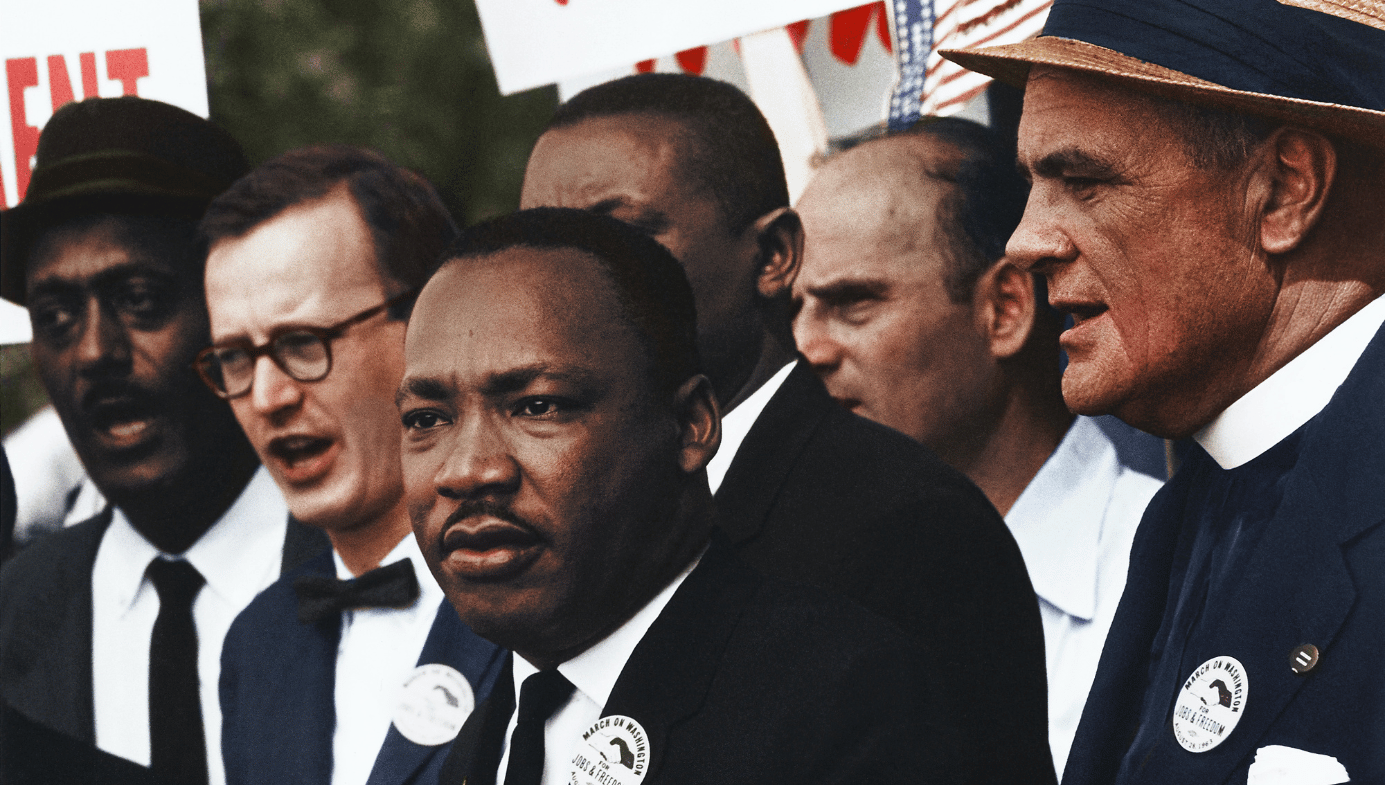
But as we contemplate our imminent chemotherapy, we should bear a few things in mind. The first is that Kendi admits to having no clear idea as to the nature of the disease afflicting us, except that it is inherent in capitalism—racism and capitalism, he believes, are “conjoined twins.” They are “two sides of the same destructive body… Capitalism is essentially racist; racism is essentially capitalist. They were birthed together from the same unnatural causes, and they shall one day die together from unnatural causes.” The only way they will survive is if “activists naively fight the conjoined twins independently, as if they are not the same.” In his opposition to capitalism, Kendi also rejects the idea of equality of opportunity that has been a bedrock aspiration of American society since its founding. “The only remedy to racist discrimination,” he declares, “is antiracist discrimination. The only remedy to past discrimination is present discrimination.”
This is yet another rejection of non-racism, which Kendi claims is “neutral” regarding race relations. And because of the vast influence non-racists exercise within American society, he asserts: “The most threatening racist movement is not the alt right’s unlikely drive for a White ethnostate, but the regular American’s drive for a ‘race-neutral’ one.” But how are non-racists neutral, if they believe in treating everyone the same? Isn’t that an active and effective way of opposing racism? No, because Kendi believes that the only way to achieve equity is through the powers of the state. For multiple reasons, one of which is a healthy grasp of history, non-racists are often agnostic or highly skeptical that the state on its own can ever achieve anything close to a perfectly equitable society. Nor do they support the sort of state-imposed color discrimination that Kendi advocates. This is the sort of “neutrality” that might prevent anti-racists from achieving their aims.
Kendi considers anti-racism to be a revolutionary movement, and so, like other such movements, it must discredit and undermine all forms of moderation, and force people to choose between warring sides. At the same time, in an incredible act of cynicism, anti-racists want to appropriate Martin Luther King’s moral authority without anyone noticing how little they think of him. Nor do they want us to notice that they have abandoned the traditional meaning of racism. Racism—as we have used that word for over a century—refers to an attitude in which people of one race are in some way deemed inferior to those of another. It begins with people, which can tragically result in discriminatory policies, and be responsible for racial disparities in income, education, and so on. Kendi, however, wants us to reverse this equation, so that whenever we see racial disparities, we assume they are the result of racist policies, designed by racist people. Kendi’s view of racism does not begin with people, but with inequity. Which means anti-racism should more truthfully be called anti-racial inequity.
Of course, anti-racists will say that since all forms of inequity are caused by racism, there is no difference between the two. But in the practical world of politics, the difference is enormous. Calling it “anti-racism” allows Kendi and others to present their movement as a moral crusade to eradicate something universally acknowledged as a societal scourge. But their highest priority is in fact a redistribution of resources, wealth, and opportunity along racial lines, which if carried out would no doubt cause despair among the “losers.” And yet we cannot be confident that Kendi has even considered the possibility that anti-racism might very well worsen the disease it is meant to cure. Does he really believe the way to end racism among white people is to actively discriminate against them? How is that supposed to work?
And if we link Kendi’s proposals with DiAngelo’s Hobbesian view of human nature, then things become even more dystopian. Because if all people are inherently prejudiced, then what is stopping people of color from becoming racists if and when they gain the kind of institutional power to qualify as such? And who wants to live in a world where our only choice is between one oppressive racial hierarchy and another? Martin Luther King’s universalist dream of a non-racist society avoids these traps and theoretical dead-ends through its embrace of a non-dogmatic, culturalist approach to the urban black experience and to the ongoing project of black advancement. As we struggle to find a way to coexist peacefully in our multiethnic and multicultural society, the task of revitalizing King’s legacy will only become more pressing.






